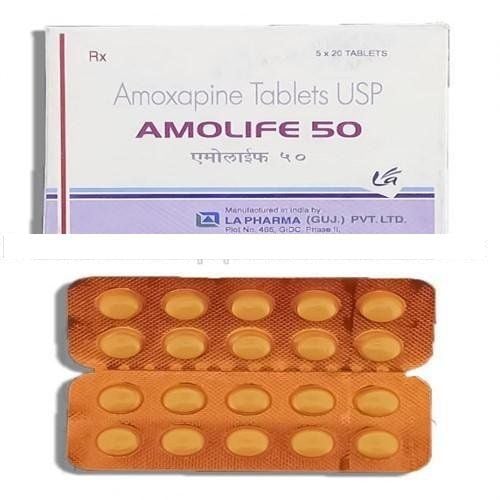This is an automatically translated article.
Tension headaches are the most common type of headache that people experience on a daily basis. In the back of the head types of headaches, tension headaches are characterized by a constant pain on both sides of the head, the neck muscles can also constrict and create pressure behind the eyes.1. Symptoms of each tension headache
Tension headaches are not usually severe enough to interfere with your daily activities. The pain usually lasts for 30 minutes to several hours, even days. The specific characteristics are as follows:
People with tension headaches often feel like a tight bandage across the forehead. The condition can be uncomfortable and tiring, but usually doesn't interfere with sleep much. Some people feel pressure or pressure in the head. The condition usually occurs on both sides of the head and spreads down the neck. Sometimes the pain also comes from the neck or just on one side of the head. The pain is usually moderate or mild. Tension headaches can disrupt concentration, but are usually not severe enough to keep you awake. Most people can tolerate tension headaches. Tension headaches can last from 30 minutes to 7 days, but are most common for several hours. Tension headaches tend to be worse later in the day and are usually mildest in the morning. The pain is not aggravated by physical activity. Exceptionally, a headache, tinnitus from sleeping in the wrong position or grinding teeth will also cause neck pain or pain in the face and jaw. Usually no other symptoms are present. Chronic tension headaches occur frequently. In some cases, the headache can last forever and almost never get better, or just lessen in severity but not go away completely.
Many people suffer from chronic tension headaches without seeing a doctor. In one study, two-thirds of people diagnosed with chronic tension headaches experienced daily headaches for about 7 years before seeing a doctor. Most of these patients continue to work or attend school normally, but performance is often not as expected. Nearly 50% of cases suffer from anxiety or depression, which can be the result of dealing with frequent headaches.
So if you think you have a chronic tension headache, it's best to see a doctor. Most treatments will work.

Các loại đau đầu sau gáy thường khiến bạn khó chịu và mệt mỏi
2. Differential diagnosis of headaches
With tension headaches, you look fine and normal despite the pain, and have no other accompanying symptoms. Doctors can diagnose tension headaches by the patient's description. Apart from some muscle pain around the head, there is nothing unusual for the doctor to detect and make a differential diagnosis. You also don't need tests unless you have unusual symptoms or suspect a condition other than chronic tension headaches.
Of particular note, drug abuse headaches should be ruled out, as this can often be confused with chronic tension headaches. Drug abuse headaches can be similar to chronic tension headaches. This condition is caused by taking painkillers (or triptans) too often, leading to tension headaches or migraine attacks.
Sometimes migraines are also confused with chronic tension headaches. Some people don't like bright lights or loud noises, and don't want to eat a lot when they have a tension headache. However, extreme sensitivity to light or loud noises and visual disturbances often suggest migraine.
Feeling sick (nausea) may occur, especially if you are taking a lot of pain relievers. However, marked nausea is also a feature of migraine.
Compared to migraines, tension headaches are usually less severe, rather than throbbing. Additionally, migraine attacks often cause unilateral headaches, and many people with migraines also experience nausea or vomiting. Some people have migraines and tension headaches at different times.
In addition, some patients also feel they have another type of headache - such as a sharp pain in the right back of the neck, possibly due to the headache and fatigue caused by the primary type of headache.
Headaches seem to be simple, but you should not be subjective, because sometimes they are signs of the onset of dangerous diseases, affecting health later.

Thực tế có rất nhiều loại đau đầu khác nhau
Currently, neurological examination at the Department of Examination & Internal Medicine - Vinmec International General Hospital is a reliable choice for headache treatment patients. The hospital's neurology department focuses on examining and treating diseases related to the central nervous system (skull, meninges, brain, cerebrovascular, intracranial nerves, pituitary gland, spine, discs, etc.) spinal cord) and peripheral nervous system (nerves and ganglia outside the brain and spinal cord), helping patients find the exact cause of their headache for radical treatment best.
The hospital has machinery and equipment imported from Signa Pioneer 3.0 Tesla of GE (USA) and Aquilion One (Vision Edition) 640 slices CT scanner from Toshiba (Japan), and diagnostic equipment. Early and most accurate with vascular and nerve damage. Thanks to the quality of medical care and good service, customers can be assured of the results of examination and treatment at Vinmec.
Please dial HOTLINE for more information or register for an appointment HERE. Download MyVinmec app to make appointments faster and to manage your bookings easily.
Reference source: nhs.uk - webmd.com












